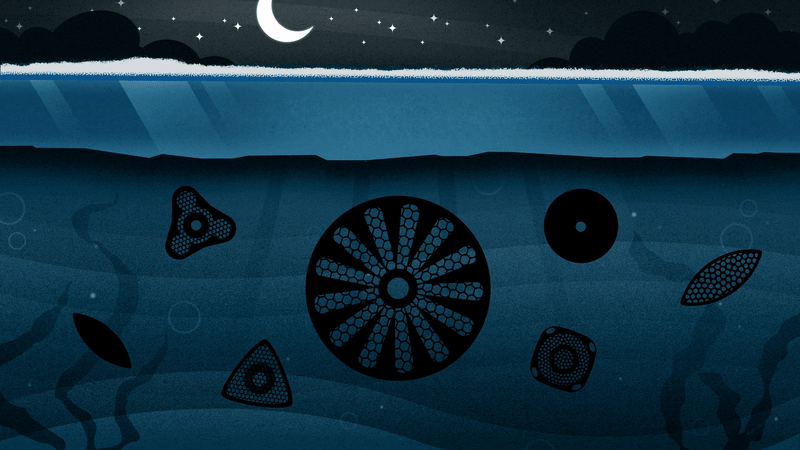By examining the granite sample discovered on the moon, the researchers realized that the similarity between the Earth and its moon is more than previously thought.
According to Tekna technology and technology news service, researchers used microwave radiation while examining the surface of the moon on the far side and succeeded in identifying a hot spot. According to them, this area is actually a large subsurface granite mass and shows the similarity of the moon to the earth.
Granite stones and their prevalence in the earth are due to the presence of abundant water and the existence of tectonic plates. Because they melt and recycle materials in the shell. Before this, it was thought that these stones are not located in other parts of this system. But recent studies show that this notion was wrong.
The data related to the Chinese spacecraft named Chang’e 1 and 2 along with the data of NASA’s Moon Reconnaissance Orbiter and other old information were combined and analyzed. Matthew Siegler, a scientist at the Institute of Planetary Sciences, says in this regard: “With the help of equipment, we were able to check the wavelength of microwave waves sent from the moon by Chinese orbiters and calculate the subsurface temperature.” Microwave radiometry with the help of long wavelength makes it possible to subsurface at greater depths. The researchers found a hot spot in this review. which could not be explained by topography.
Siegler says in this regard: the excess heat discovered is actually the excess heat of the earth. This heat on the moon’s surface was previously thought to be a dead volcano. Currently, the only solution to justify this heat is the presence of a large granite rock that was created by the cooling of the magma body under the volcano.
















